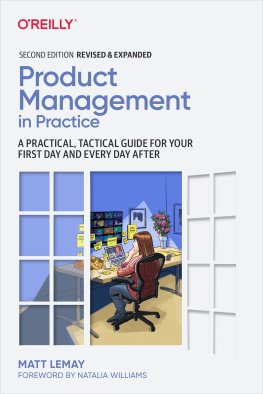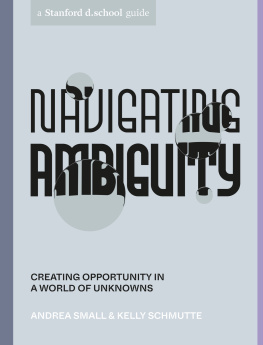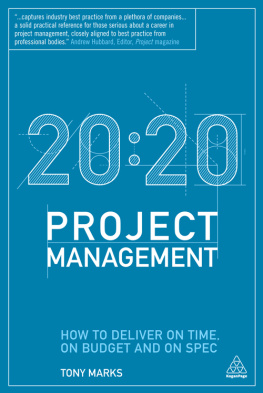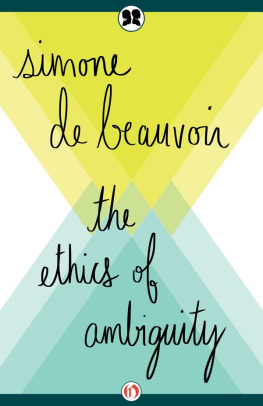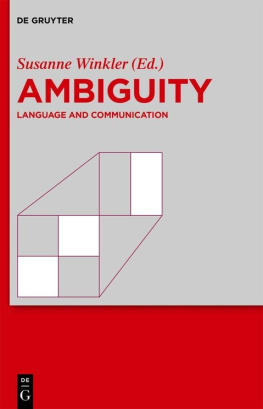Paul M Culmsee - The Heretic’s Guide to Management: The Art of Harnessing Ambiguity
Here you can read online Paul M Culmsee - The Heretic’s Guide to Management: The Art of Harnessing Ambiguity full text of the book (entire story) in english for free. Download pdf and epub, get meaning, cover and reviews about this ebook. year: 2016, publisher: Heretics Guide Press, genre: Romance novel. Description of the work, (preface) as well as reviews are available. Best literature library LitArk.com created for fans of good reading and offers a wide selection of genres:
Romance novel
Science fiction
Adventure
Detective
Science
History
Home and family
Prose
Art
Politics
Computer
Non-fiction
Religion
Business
Children
Humor
Choose a favorite category and find really read worthwhile books. Enjoy immersion in the world of imagination, feel the emotions of the characters or learn something new for yourself, make an fascinating discovery.
- Book:The Heretic’s Guide to Management: The Art of Harnessing Ambiguity
- Author:
- Publisher:Heretics Guide Press
- Genre:
- Year:2016
- Rating:3 / 5
- Favourites:Add to favourites
- Your mark:
The Heretic’s Guide to Management: The Art of Harnessing Ambiguity: summary, description and annotation
We offer to read an annotation, description, summary or preface (depends on what the author of the book "The Heretic’s Guide to Management: The Art of Harnessing Ambiguity" wrote himself). If you haven't found the necessary information about the book — write in the comments, we will try to find it.
Management techniques such as strategic planning, project management or operational budgeting, attempt to reduce ambiguity and provide clarity. It is one of the great ironies of modern corporate life that they often end up doing the opposite: increasing ambiguity rather than reducing it.
It is easy enough to understand why: organizations are complex entities and it is unreasonable to expect management models, such as those that fit neatly into a 2*2 matrix or a predetermined checklist, to work in the real world. Indeed, expecting them to work as advertised is akin to colouring a paint-by-numbers Mona Lisa with the expectation of recreating Da Vincis masterpiece. Ambiguity remains untamed, and reality reimposes itself no matter how alluring the model is...but yet we persist in using such models.
Why?
Unfortunately, most of us have a deep aversion to situations that involve even a hint of ambiguity. Recent research in neuroscience has revealed the reason for this: ambiguity is processed in the parts of the brain which regulate our emotional responses. As a result, many people associate ambiguity with feelings of anxiety.
When kids feel anxious, they turn to transitional objects such as teddy bears or security blankets, providing them with a sense of stability when situations or events seem overwhelming. In this book, we show that as grown-ups we dont stop using teddy bears - it is just that the teddies we use take a different, more corporate, form. Drawing on research, we discuss how management models, fads and frameworks are actually akin to teddy bears. They provide the same sense of comfort and certainty to corporate managers and minions as real teddies do to distressed kids.
Most children usually outgrow their need for teddies as they mature and learn to cope with their childhood fears. However, if development is disrupted or arrested in some way, the transitional object can become a fetish - an object that is held on to with a pathological intensity, simply for the comfort that it offers in the face of ambiguity. The corporate reliance on simplistic solutions for the complex challenges faced is akin to little Johnny believing that everything will be OK provided he clings on to Teddy.
When this happens you, the manager, need to find ways to help Johnny overcome his fear of ambiguity (as well as your own).
Ambiguity is a primal force that drives much of our behavior. It is typically viewed negatively - something to be avoided or to be controlled. The truth, however, is that it is a force that can be used in positive ways too. The Force that gave the Dark Side their power in the Star Wars movies was harnessed by the Jedi in positive ways.This new management book shows you how ambiguity, so common in the corporate world, can be harnessed to achieve outstanding results
Paul M Culmsee: author's other books
Who wrote The Heretic’s Guide to Management: The Art of Harnessing Ambiguity? Find out the surname, the name of the author of the book and a list of all author's works by series.



